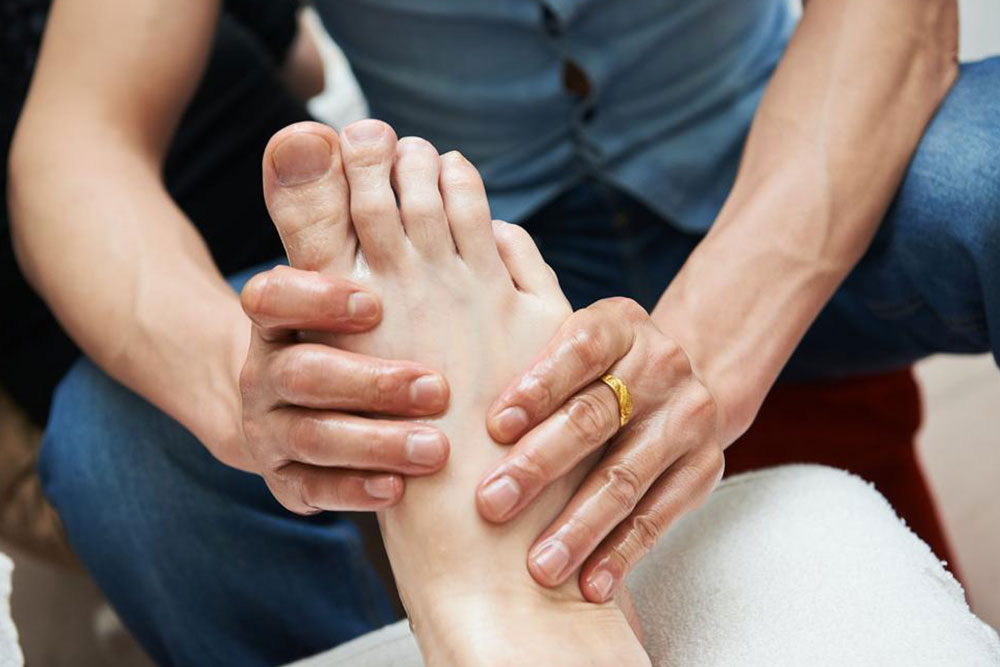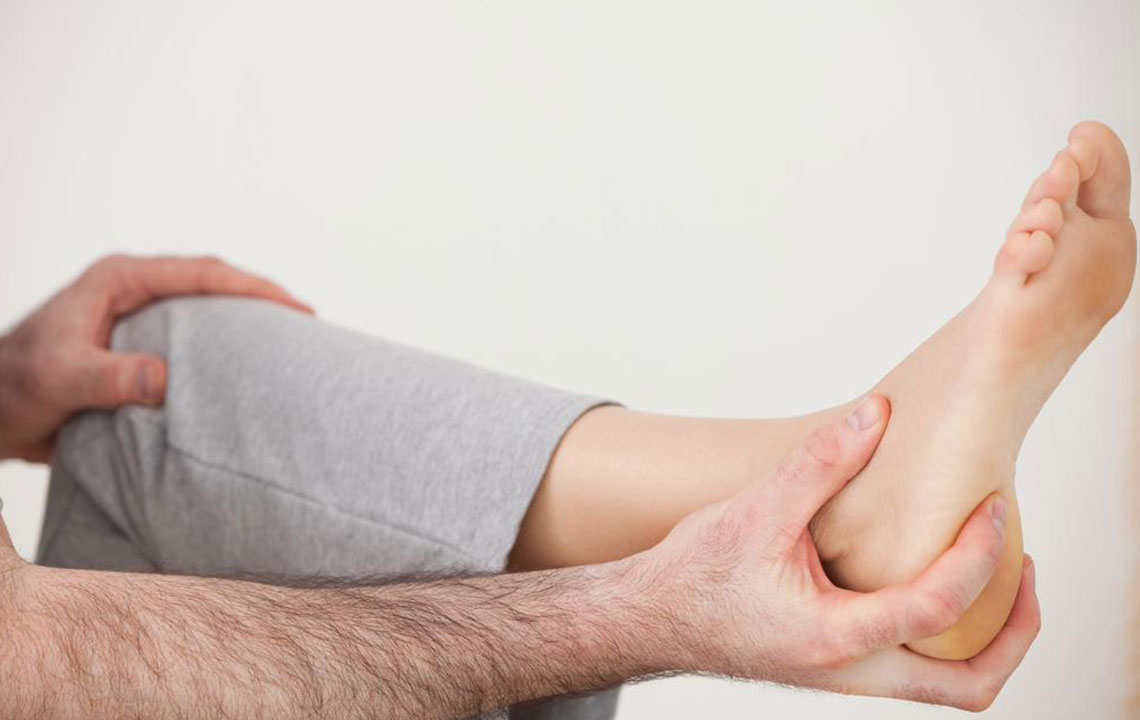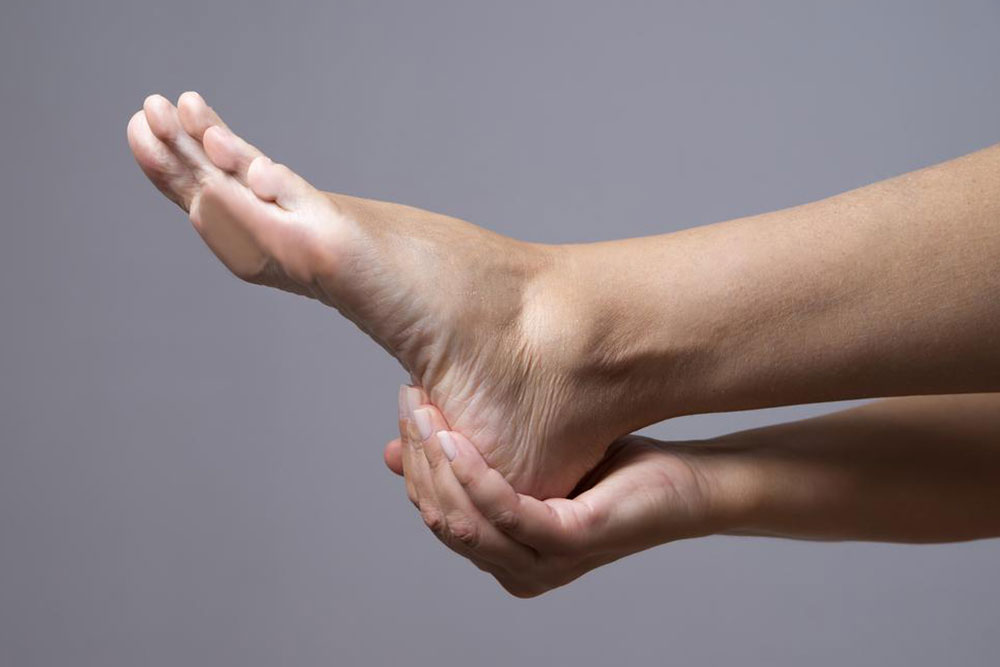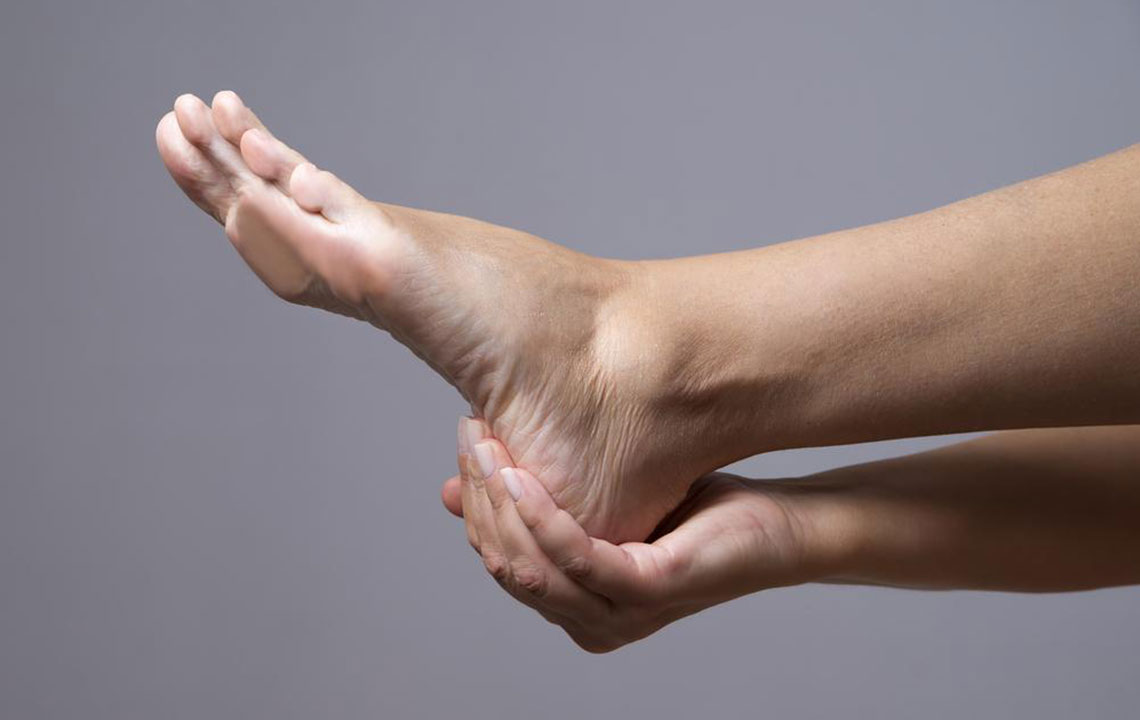Top Strategies for Alleviating Heel Spur Pain
Discover proven methods to alleviate heel spur pain, including stretching exercises, custom orthotics, anti-inflammatory medications, and surgical options. Learn how to manage this common foot condition effectively and regain comfort with professional guidance.

Top Strategies for Alleviating Heel Spur Pain
A heel spur is a bony growth that forms on the underside of the heel bone. It develops from calcium deposits that lead to a protrusion, often measuring up to half an inch. This process occurs gradually over several months. Repeated strain on foot ligaments and muscles, tearing of the heel membrane, and stretching of the plantar fascia are common causes. Often linked to plantar fasciitis, heel spurs are typically diagnosed via X-ray imaging. While sometimes painless, they frequently cause discomfort associated with heel and arch pain.
Treatment options include injections, anti-inflammatory drugs, physical therapy, custom orthotics, and, in some cases, surgery. Here are effective methods to manage heel spur symptoms:
Stretching routines: Persistent heel pain warrants consultation with a physiotherapist. They can recommend targeted stretching exercises to relieve discomfort and address plantar fasciitis, which worsens heel spur symptoms.
Custom orthotics and footwear: Orthotic devices such as heel pads, insoles, and specialized shoes help correct biomechanical issues, reducing pressure on the heel and Achilles tendon. These tools help minimize strain and inflammation.
Anti-inflammatory treatments: As heel spurs often stem from plantar fasciitis inflammation, over-the-counter medications like naproxen or acetaminophen can provide relief. Always consult a healthcare provider before medication use, and cortisone injections may be recommended for severe pain.
Surgical intervention: If conservative treatments fail, surgery may be considered—though this is necessary in only about 10% of cases. Surgical procedures aim to relieve stress on the plantar fascia or remove the spur, followed by post-operative care such as wearing special footwear or using crutches.
Note:
The information here is intended to provide helpful insights into heel spur management. While based on research, it is not a substitute for professional medical advice. Readers should consult healthcare providers for personalized diagnosis and treatment options. The website disclaims responsibility for any discrepancies or inaccuracies across other sources.










